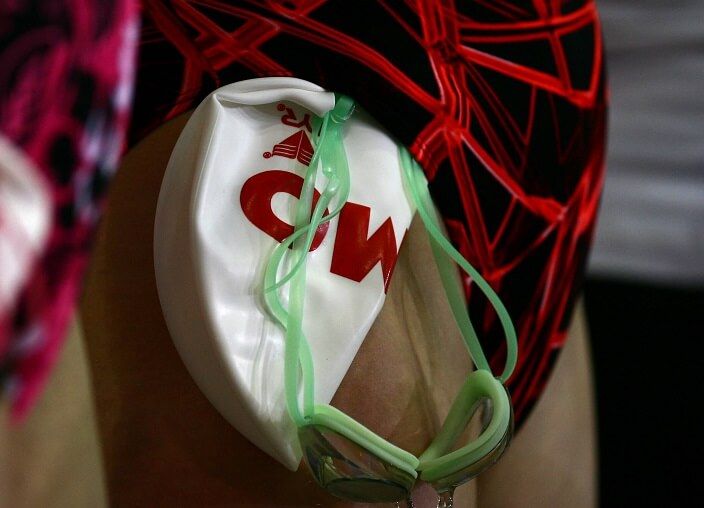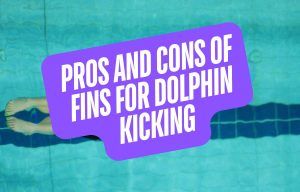If you want to race fast, well, you gotsta train fast. Here are a few different ways to sharpen your swimming in practice.
The swim you are going to perform when you get up on the blocks is built today. It’s developed, honed and prepared during today’s workout, yesterday’s, and tomorrow’s. Over the course of weeks and months you build your race swim. Little by little, meter by meter.
The breathing patterns, the way you streamline, your technique, all of it is honed long before you ever get up on the blocks. And yet, so many swimmers maintain a distinction between training and competition as though one doesn’t have to do with the other.
The benefit of having developed a background of good training habits means you can reliably call on them to show up on race day. After all, when good training habits are your default setting you become consistently hard to beat.
Here are a few ways that you can be training to race every day in practice:
Streamline like a boss. Starfish or beach-ball streamlining is no good for fast swimming. You know this already—your coach has probably yelled it at you a multitude of times just this week. You are going fast, really fast, when coming off the walls, so do your best to maintain that speed.
Turn with intention. Practice flip-turns are usually a lot like the middle cushion of my couch—soft. Even Phelps, the greatest swimmer of all time, managed to misjudge the distance of the wall during the 100m freestyle during US Nationals in the summer of 2014. The result was the dreaded toe-push off that leaves you getting dusted by the competition. Know how many strokes you are going to take into the wall. Turn with speed and intention during workout. Starts and turns day should be every day.
Explode out of your breakouts. So now that you are doing fast turns in practice, don’t just surface like a breaching whale—explode to the surface of the water and power through your first few strokes. Maintain that tight streamline until the last moment and then power through your couple of stroke cycles without taking a breath.
Swim with the technique you want to race with. When you are adjusting your goggles, and taking those last couple of deep breaths before plunging in for your race, you want to be able to let your thoughts go instead of having to think about your technique. The technique you race with is the technique you train with. And vice versa.
Get comfortable at race pace. If this means strapping on a pair of fins, so be it. You should be prepared to be able to breathe and execute proper hand entry when going at ballistic speeds. Why does this matter? So that it isn’t completely foreign to you when you are shaved down and dive into the water only to be greeted by a massive wave the first time you take a breath.
Plan out your underwaters. Have a plan for your underwater dolphin kicks and develop it in training. If your goal is to hammer out five kicks off every wall of your 200 free you better be cranking them out day in and day out, otherwise when it comes to race time, and you are feeling the walls starting to close in on your last 50m, those kicks will become really challenging.
Master the breathing patterns. This one goes out especially to my sprinting broskis. Master the breathing pattern you want to hold during your race in practice so that you are acclimatized to it when you step up on the blocks. This could also mean having a breath-taking strategy—one breath on the first 25, 2 on the second, or breathing every 4 on the first 50, every 2 on the second 50 of a 100m race. Do these in practice so that when you step up on the blocks and dive in you can just lean on those well-worn habits from training.
In Summary
Think of practice as the proving grounds for your race. Where you dictate the way you are going to later perform.
The benefit of taking this mindset into the water with you?
It requires you to be more focused and engaged in the pool. No more swimming through the motions, but rather, consistent, well-intentioned swimming from the moment you get in the water.














